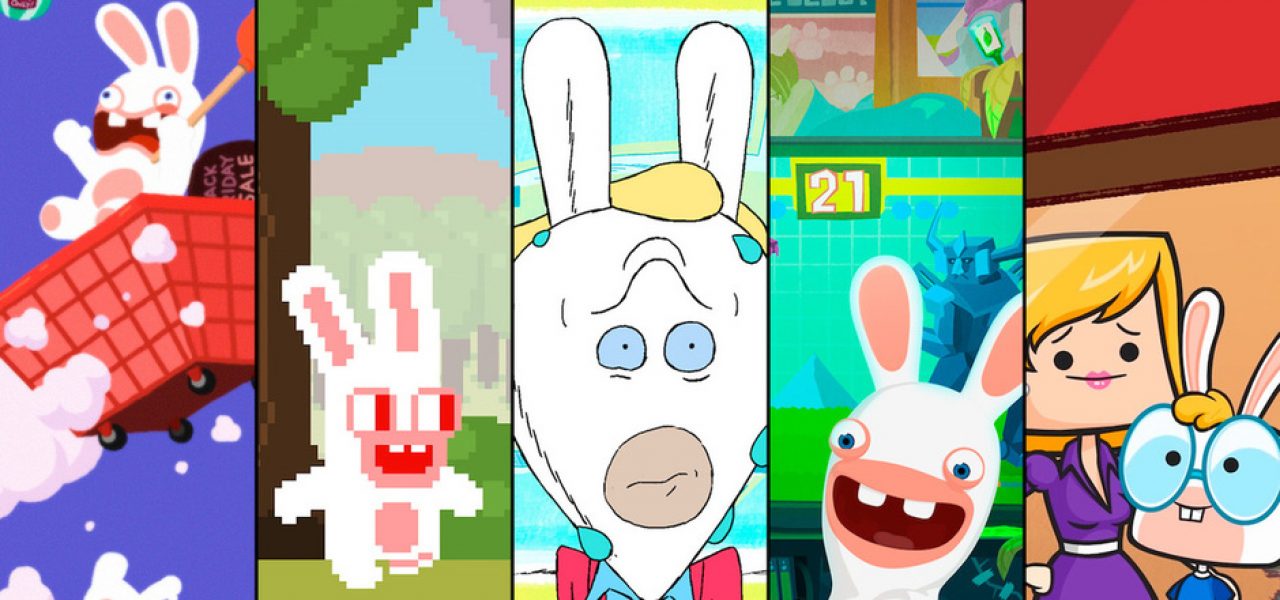
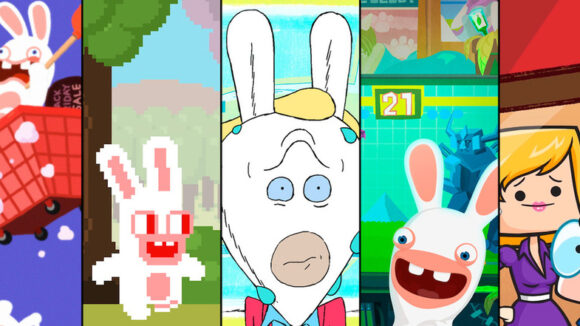
Ubisoft Releases New ‘Rabbids’ Shorts As It Expands Its Animation Slate (Exclusive)
Eight years after launching its film division, Ubisoft is getting serious about animation. The French gaming titan is expanding its production slate. Heralding this new direction, the company has created a new collection of short films based on the hugely popular Rabbids brand, which Cartoon Brew is exclusively unveiling here.
The Rabbids are a breed of manic, incoherent, troublemaking bunnies who span off from Ubisoft’s Rayman franchise, then went on to eclipse it. They have a touch of Minions to them — but the Rabbids came first. They’ve starred in games, comic books, the tv series Rabbids Invasion (whose fourth season is on Netflix), and now these shorts. There are ten in all, each two minutes long. Watch them all in the video below:
The shorts are made by partner studios big and small, from all across the world (one was produced in-house). They broadly share a social theme and satirical tone, but stylistically, they are a diverse bunch, ranging from 2d and cgi to pixel art and stop motion. Two have qualified for this year’s Oscar race for best animated short: How I Left Your Father and Follow the White Rabbid.
With these films, Ubisoft is showing a willingness to experiment with a well-established brand — an approach that increasingly describes its animation policy in general, as Hugo Revon, director of development for animation series at Ubisoft Film & Television, tells us below.
To date, the company’s animation studio has only released Rabbids Invasion, but it recently announced a bursting slate of series based on its games (The Hollywood Reporter has the details). Meanwhile, it revealed that it was ditching its in-house software in favor of Blender, whose development fund it has joined.
Over email, Revon outlined Ubisoft’s plans for animation. His answers have been edited for length.
Cartoon Brew: How did you choose which studios to partner with on these shorts?
Hugo Revon: The idea with these short stories was to play with the Rabbids characters. As such, we wanted to find diverse and fresh voices with a visual twist. For the most part, we reached out to studios whose work we were fans of. This also allowed us to find and test new talent to work with in the future.
We broadened our scope to studios worldwide, partly because cultural differences lend themselves well to the Rabbids, and we knew we would get some great interpretation on common themes such as divorce and video games. Additionally, creators brought up local topics as well, like hikikomori in Kanaban Graphics’s short. [Editor’s note: hikikomori is a Japanese term describing the phenomenon whereby people refuse to leave their home and engage with society.]
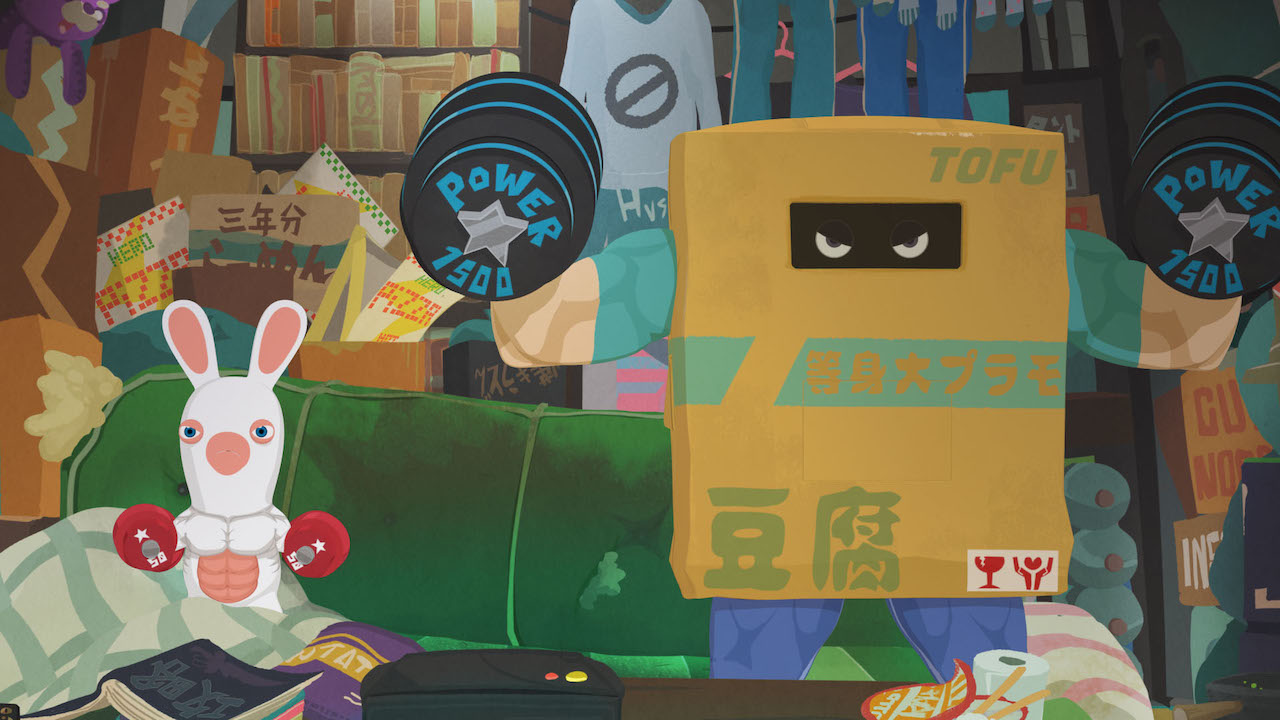
What was your brief to the partners?
We came to them with a few guidelines about the Rabbids themselves, such as height, number of teeth, and the theme: “Our human society told through the eyes of the Rabbids.” Otherwise, we gave the teams carte blanche, because we wanted the voices of the creators to come through. We validated the pitch, the animatic, and the finalized episode.
You’ve extended your partnership with one of these studios, South Korea’s Mostapes. What about their work did you like so much?
We have been fans of theirs for a while, and have been impressed by their style and tone. Collaborating with them on the Rabbids short went so well that we asked them if they would like to develop one of our 2d animated kids’ comedy shows, Hungry Shark Squad, inspired by our Hungry Shark video game. We just started pitching this show at Mipcom.
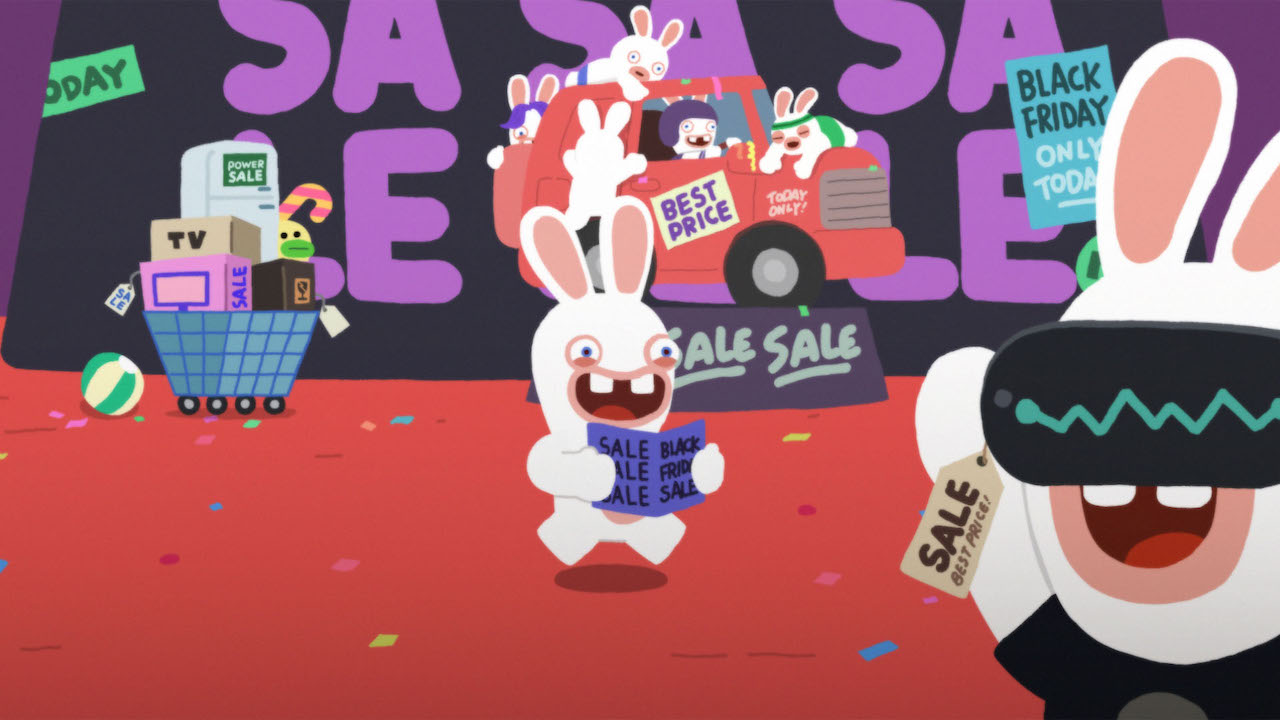
You recently announced a slate of new series inspired by your video games. How will these series expand on the franchises?
“Inspired by” is really key to us. Our players are very close to our games, their worlds, and their heroes. This is why we try to find talented creators who understand the video game culture, and are interested in playing with our worlds, while also being bold enough to propose something unexpected.
This is how we developed [the upcoming series] Captain Laserhawk: A Blood Dragon Vibe with Adi Shankar, which is a Ubisoft multiverse in an anime style, or our animated comedy adventure show set within Rayman’s universe.
Will all your forthcoming series be created with different partner studios?
It is a case-by-case decision. Story and creation are at the center of our strategy. Depending on the visual style, the tone, the creator behind it, we might produce a show in our studio in Paris or an independent external studio!
You’ve set up an in-house incubator. What is its aim?
We have been working on it for a few months now. The idea was to be at the forefront of storytelling and visual style. Putting talent and experts in every field of animation on a team helps us be more creative and agile with our projects. We come from an industry that constantly evolves, and an incubator provides the perfect environment for talent to spawn creativity and ideas.
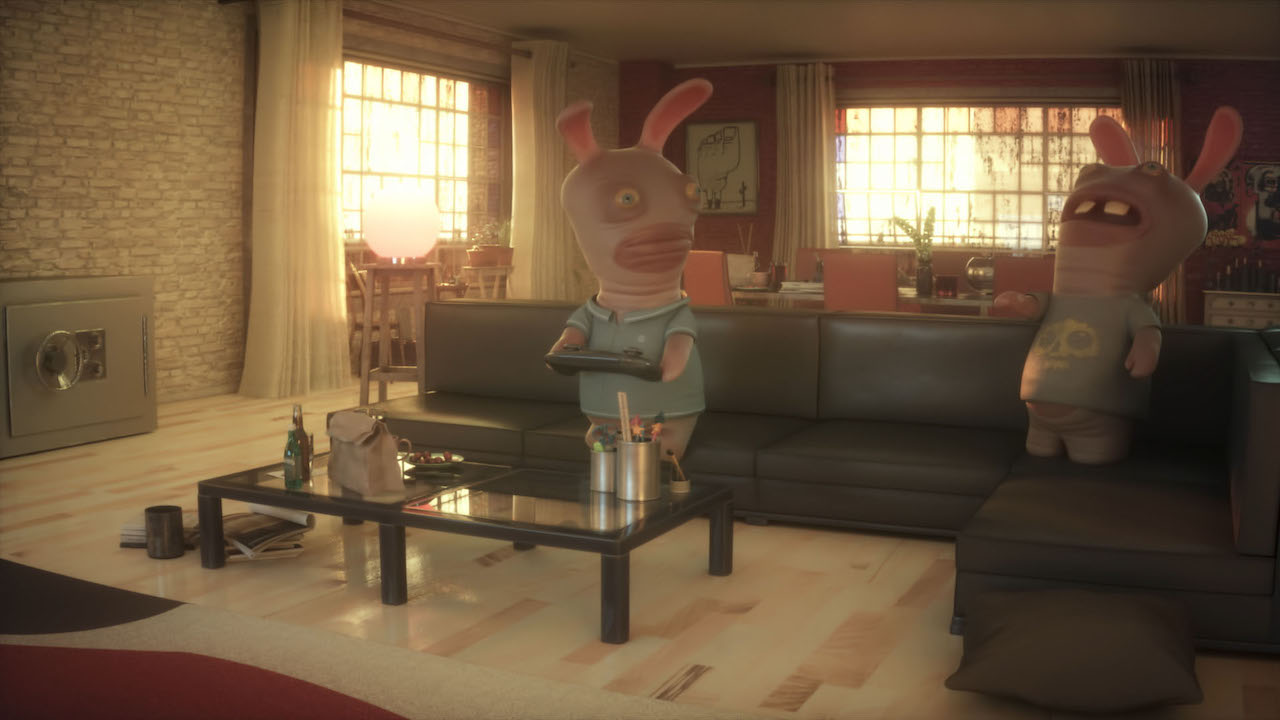
Do you envision creating original intellectual properties within the film/animation division in the future?
We try to bring genre, sharp visual style, and original stories and characters in our shows. So we are already developing original IPs inspired by our video games. We are also getting inspired by gaming culture as a whole to tell original stories, which are relevant to anyone who loves video games just like we do.
Your in-house studio recently committed to replacing its in-house tools with Blender. What is the advantage of using Blender? Why did you make this decision now?
Using Blender helped us gain creative value and contributed to our workflow agility. Instead of focusing on keeping our internal software up to market level, our r&d team can now focus on features that will allow our artists to iterate and innovate.
Blender has been on Ubisoft’s radar for a long time already. The release of version 2.8 this summer — with game-changing features such as Grease Pencil, or Eevee the real-time renderer — convinced us to move over. The revamped user interface also made it easier to onboard teams and integrate Blender in our pipeline.
Will you use other open-source software in the future?
Yes, we will definitely use more open source solutions and contribute to them. We have been using USD and Alembic for years, which are great examples of what open source can bring to the animation industry.
For more information about the “Rabbids” shorts, head to Ubisoft’s website.
